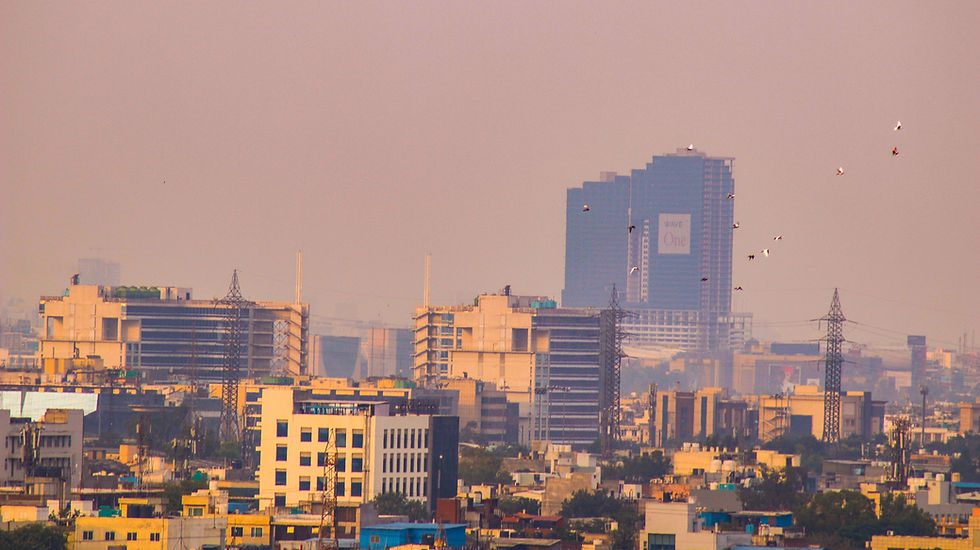Updated: Jun 15, 2021

Delhi, located in the north-central region of India, is the capital of India. Named after Raja Dhilu, a king reigning in the 1st century BCE is a beautiful city bordering Uttar Pradesh, home of the Taj Mahal. It is of historical significance to its people, and now, it has been devastated by the coronavirus.
The people of Delhi had their entire lives altered, with 1.4 million cases of COVID-19 and 24 thousand deaths. The government hospitals where many Indians are treated have turned away patients due to being at max capacity. Indians have died due to the lack of oxygen at these hospitals due to the lack of funding received.
One key thing to look at during the pandemic is how Delhi is dealing with education. Over 120 teachers died of the coronavirus. Teachers who are capable of working are forced to work several kinds of jobs to help fight COVID-19. This leaves their students unable to learn without a teacher to teach them the material that they need to know. Now, the pandemic situation in Delhi has improved as the effects of the second wave are beginning to die down. Due to this, restrictions on the lockdown are gradually being lifted. While restrictions are being lifted, citizens are advised to remain cautious as Delhi attempts to return to a more “normal life.”
Some factories and some construction projects have been resumed. Most companies remain closed, but the reopening of these factories and projects allows for some Indians to return to work. While this will help repair the COVID-struck economy, it is very dangerous as only 3% of the Indian population is fully vaccinated, allowing for COVID-19 to have an easier time spreading. During the lockdown, many citizens of Delhi were unable to work and are currently at risk of poverty.

One of the biggest issues that Delhi and India face is their low vaccination rates due to a shortage of vaccines. To counter this, the Serum Institute of India is increasing the production of the AstraZeneca vaccine by 40% this month, which will help deal with their shortage and allow Delhi to return to a more normal lifestyle faster. With the need for more vaccines, India is also looking towards different types of vaccines. Bharat Biotech, a small firm is beginning to increase production of the Covaxin vaccine. Soon, the Sputnik V vaccine will also be in Indian markets. These vaccines should help in India’s attempts to contain the virus and prevent any further deaths.
As lockdown restrictions are lifted, schools remain closed, negatively affecting the education of students. According to the 2011 census, 86.21% of people in Delhi are literate with 90.84% of males being literate and 80.76% of females being literate. Compared to other regions in India, Delhi is doing better than most in regards to literacy. The government is providing free education and other necessary expenditures to children who have lost their parents to COVID-19.
Delhi's situation is currently improving and they may be able to return to their original lifestyles once they have managed to contain COVID-19 and treat people more effectively. Until then, the devastation of the coronavirus will continue and more lives will be lost.






